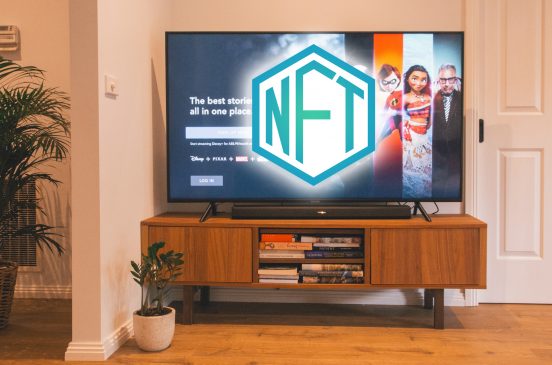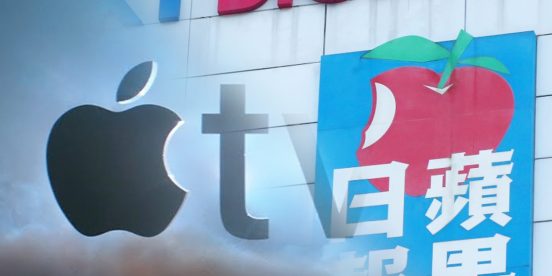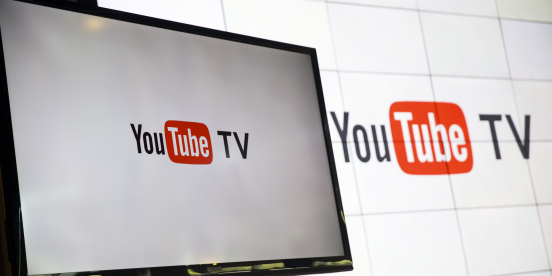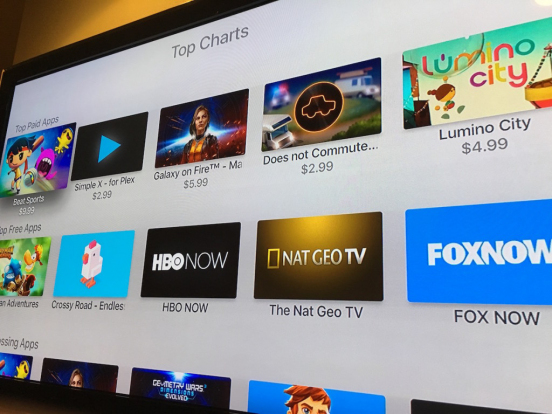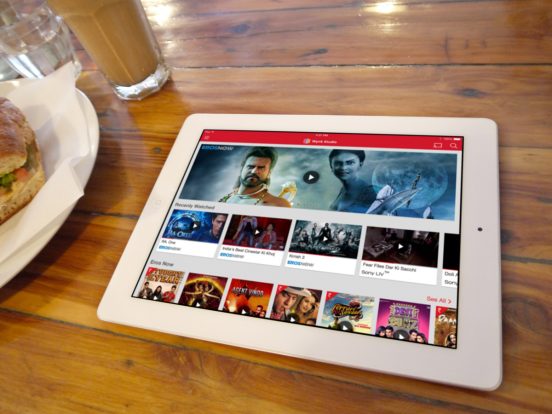Nowadays, “blockchain” has become a hot topic again following a recent big wave of Non-fungible token (NFT) in digital artwork market. With its immutability feature, the blockchain technology has helped to uniquely identify an digital artefact and therefore the ownership of it could now be proved and verified. The concept of NFT nowadays seems to be sufficient for the digital artworks and the in-game merchandises. But could NFT also work in OTT video service industry? How could it deal with piracy issue?
Getting to 2022, more and more people in the world now believe that “Bitcoin”, “crypto currencies”, or in more generic term “blockchain technology”, is no longer a money speculators’ game. We start seeing them in daily life in many aspect. Recently, the emergence of the NFT artwork markets has brought the blockchain technology back to the spotlight.
Recently we have been seeing two unrelated “Apple” companies moving on the same trend: OTT with Subscription.
Though the typical YouTube platform is facing some boycott from the advertising / media buyer for the reason that it fails to avoid pre-rolls to be put on those inappropriate or negative short clips, YouTube is making a new move to strike back. It is the YouTube TV.
“Should we distribute the OTT boxes or builds the apps on every platform?” That is the question.
Recently my Google alert spotted me a post entitled "Innovating beyond the vanilla TV ad spot" from India. It listed out various innovative ways to do the TV advertising ranging from contextual advertising, themed Ad breaks…etc. Though they are all interesting, some of the measures are not “techie" and required intensive collaboration among clients, advertisers and the TV station and thus they may not be scalable. What catching my attention the most is the "T-commerce" and I would like to add some more there.
In the previous article, we have covered the reasoning of why curated online video could be a new disruptive TV experience.
Disruptions are everywhere. People are looking for ‘pain points’ in daily life and try to disrupt it by providing a better solutions. We could see media industry has been disrupted rapidly and some traditional media, like TV, is deemed to be fading out from our life.
With the advance of internet technology, we could see more and more use cases of serving the video content over-the-top….
In my previous article, I have shared my observation on south-east Asia market and highlighted the advantage of Telecommunication companies…
In US, huge pure-OTT video platforms like Netflix, Amazon Videos and Hulu are leading the market. Recently they are challenged…
Famous software company Adobe joint the research firm The Diffusion Group to survey the video streamers in US. Here are…
